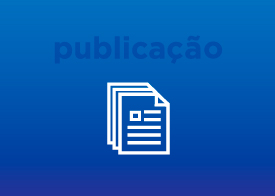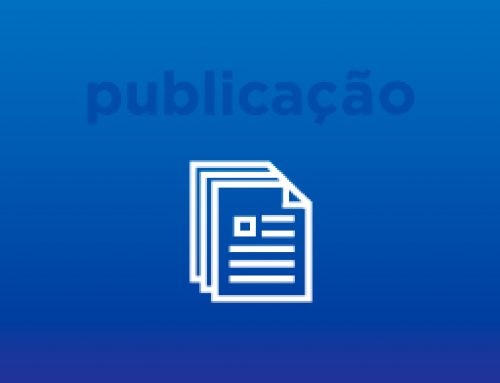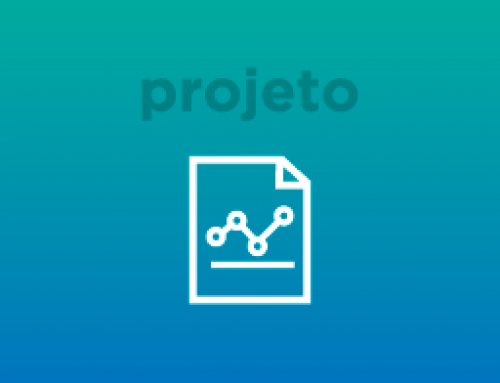Laser scanning technique from airborne and land platforms has been largely used for collecting 3D data in large volumes in the field of geosciences. Furthermore, the laser pulse intensity has been widely exploited to analyze and classify rocks and biomass, and for carbon storage estimation. In general, a laser beam is emitted, collides with targets and only a percentage of emitted beam returns according to intrinsic properties of each target. Also, due interferences and partial collisions, the laser return intensity can be incorrect, introducing serious errors in classification and/or estimation processes. To address this problem and avoid misclassification and estimation errors, we have proposed a new algorithm to correct return intensity for laser scanning sensors. Different case studies have been used to evaluate and validated proposed approach.


